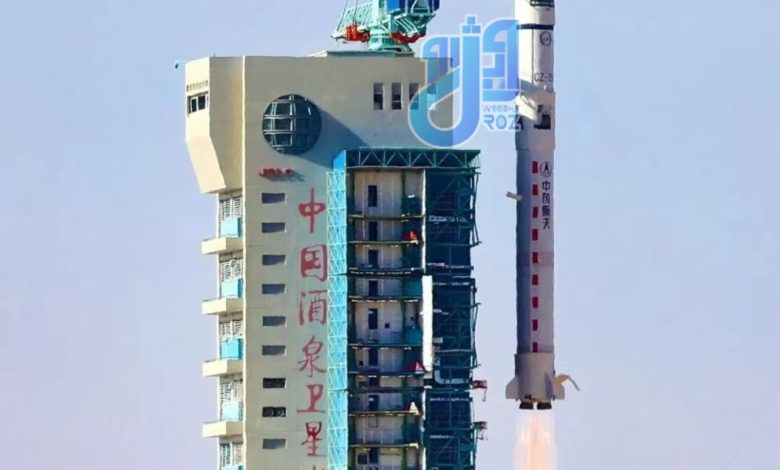Pakistan Launches Indigenous EO-1 Satellite into Space with Collaboration from China

Weezha Roz-The Embassy of Pakistan in China has announced that on January 17, Pakistan’s indigenous EO-1 satellite was successfully launched into space in collaboration with China.
The launch took place at the Jiuquan Satellite Launch Center in China, using the LM-2D rocket.
The EO-1 satellite, designed and built by the Pakistan Space and Upper Atmosphere Research Commission (SUPARCO), is one of the country’s homegrown projects in the field of space technology.
This satellite will be used for earth observation, collecting imaging capabilities, and providing data required for scientific and economic projects.
Specifically, it will serve in fields such as agriculture, environment, and natural resource management.
The primary goal of the EO-1 satellite is to collect accurate data from the earth’s surface.
This data will assist in improving government and private decision-making processes in areas such as weather forecasting, precision agriculture, plant disease monitoring, and disaster management.
Additionally, the satellite is designed as a tool for tracking climate change and protecting natural resources.
The launch of the EO-1 satellite is part of the close and ongoing collaboration between China and Pakistan in the field of space technology.
These partnerships demonstrate the commitment of both countries to strengthen their strategic relations and advance their joint space programs.
Pakistan has leveraged China’s technological support to make significant advancements in its space industry.
The LM-2D rocket, which was used for the EO-1 launch, is a medium-lift carrier rocket designed for placing satellites into low Earth orbit (LEO).
The LM-2D is especially useful for surveillance and communication satellites and is capable of transporting satellites to various orbital altitudes.
The launch of EO-1 is expected to have significant impacts on Pakistan’s scientific, economic, and security advancements.
The satellite will be used for precise monitoring of natural resources, environmental changes, and improving agricultural practices.
Furthermore, the satellite represents a step forward in the development of Pakistan’s space industry and the enhancement of its scientific and technological capacities.
The EO-1 launch also marks a milestone in strengthening the ties between China and Pakistan in advanced technologies.
This collaboration, particularly in the fields of space technology and scientific research, is beneficial to both countries.
Ultimately, the EO-1 satellite represents major advancements in Pakistan’s space industry and could play a crucial role in the country’s developmental and strategic programs.
Weezha Roz



